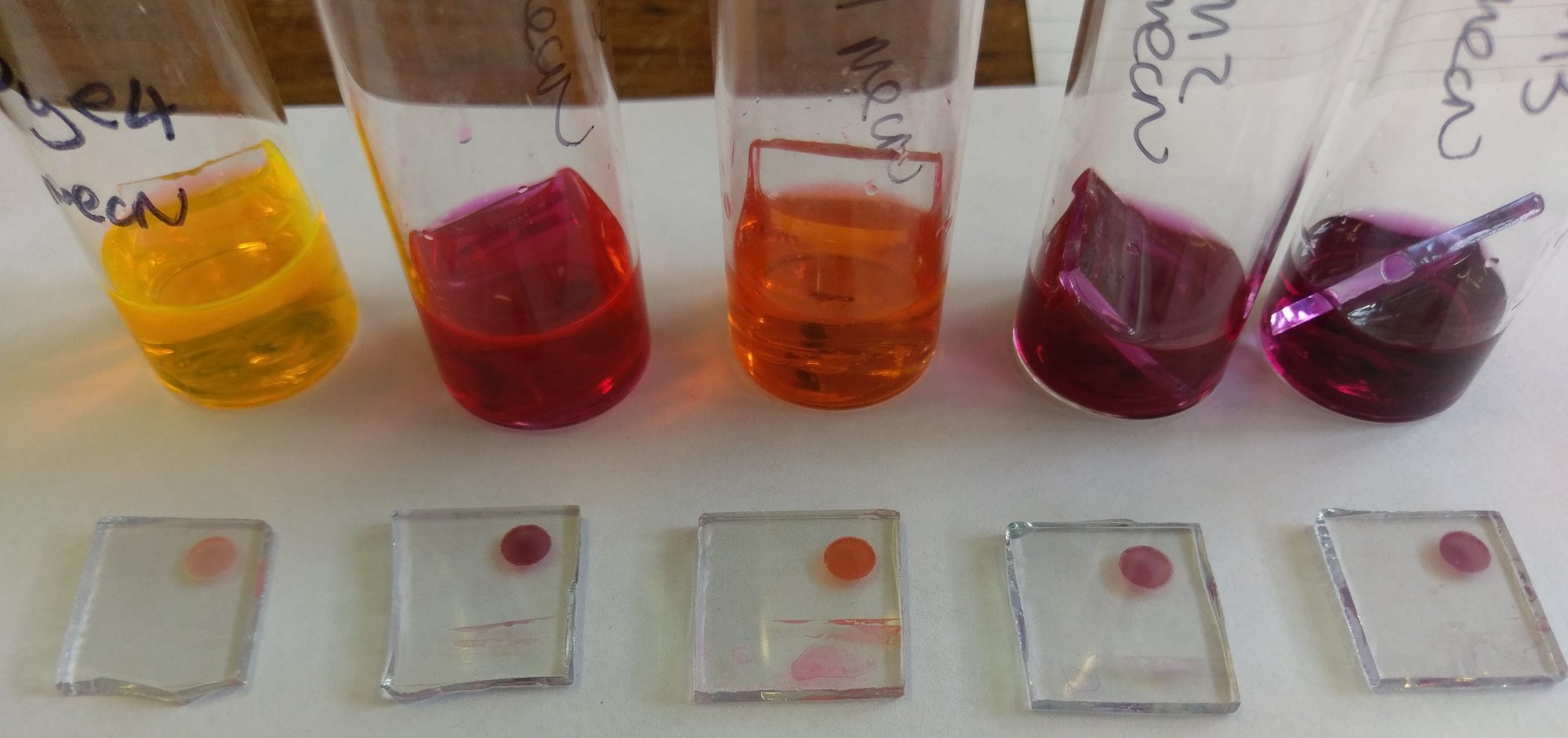I had the opportunity to attend the Gordon Research Conference, Renewable Energy: Solar Fuels, which was held from 28th of February to 4th of March in Renaissance Tuscany Il Ciocco situated in Lucca, Barga, Italy, and I would like to share my experiences and impressions gained during this week filled with latest scientific advances and knowledge exchange.
The conference had a multidisciplinary nature but an overarching goal: to discuss the latest science on how to convert sunlight into chemical energy. Speakers with different backgrounds approached the problems in this field from different angles. The talks and discussions covered a range of different fields ranging from semiconductor materials and molecular catalysis to computational modelling of the systems and biochemical approaches. My work as a postgraduate researcher is focused on the research of new photocathode materials for efficient photoelectrochemical water splitting and development of the cost efficient photoelectrochemical flow cell using these materials, therefore the talks covering topics like new materials and system design were most interesting to me. In addition, several other speakers with a bit different topics proved to be very fascinating as well and gave a lot of new ideas on how to approach some of the challenges I am experiencing in my project.
In terms of new materials relevant to my project, the most fascinating talks on my opinion were given by Greta Patzke from University of Zurich, Kyoung-Shin Choi from University of Wisconsin-Madison and Guido Mul from University of Twente. Greta Patzke’s talk was on cobalt-based water oxidation catalysts and interactions between molecules and solids and I was especially interested of some of the aspects of inorganic catalysts mentioned in her talk. Most interesting part of Kyoung-Shin Choi’s talk for me was the discussion on new electrochemical synthesis methods which would be an interesting approach to try also in my project. Guido Mul was focusing in his talk on new catalysts on fuel generation. One of the materials he mentioned in his talk is also the one I am working with (NiOOH) and therefore I was able to obtain some further understanding of the processes related to the use of this material.
